V for Vendetta is one of my favorite and most personally viewed films. I have always been drawn to stories that use fictional scenarios to draw attention to everyday issues. The plot of V for Vendetta makes a huge political statement and is probably best known for the line, “People should not be afraid of their governments, governments should be afraid of their people.” But is profound message what makes the film so powerful? No, it is the skillful application of various thematic elements, coupled with great music selection that allow this film to be so emotionally involving.
Released in 2006, V for Vendetta was directed by James McTeigue. The script was adapted by Lana and Andy Wachowski from a graphic novel originally written by David Lloyd. In watching the film, it is apparent that it is carefully scripted for impact and word choice was incredibly important in the process. For example, when V meets Evey Hammond she asks the question the audience is of course already thinking, “Who are you?” to which V has a most intriguing reply:
“Evey Hammond: Who are you?
V: Who? Who is but the form following the function of what and what I am is a man in a mask.
Evey Hammond: Well I can see that.
V: Of course you can. I’m not questioning your powers of observation; I’m merely remarking upon the paradox of asking a masked man who he is.
Evey Hammond: Oh. Right.
V: But on this most auspicious of nights, permit me then, in lieu of the more commonplace sobriquet, to suggest the character of this dramatis persona.
V: Voilà! In view, a humble vaudevillian veteran, cast vicariously as both victim and villain by the vicissitudes of Fate. This visage, no mere veneer of vanity, is a vestige of the vox populi, now vacant, vanished. However, this valorous visitation of a by-gone vexation, stands vivified and has vowed to vanquish these venal and virulent vermin vanguarding vice and vouchsafing the violently vicious and voracious violation of volition.
[carves “V” into poster on wall]
V: The only verdict is vengeance; a vendetta, held as a votive, not in vain, for the value and veracity of such shall one day vindicate the vigilant and the virtuous.
V: [giggles]
V: Verily, this vichyssoise of verbiage veers most verbose, so let me simply add that it’s my very good honor to meet you and you may call me V.
Evey Hammond: Are you, like, a crazy person?
V: I am quite sure they will say so. But to whom, might I ask, am I speaking?
Evey Hammond: I’m Evey.
V: Evey? E-V. Of course you are.
Evey Hammond: What does that mean?
V: It means that I, like God, do not play with dice and do not believe in coincidence.”
In this first exchange, V not only intrigues the audience, but invites them to begin questioning the sources of their information and how they look at things. The camera angles in this scene as V rescues Evey from her would-be rapists and possible murderers are rapidly moving as if following the line of sight of a witness. This contributes to the intensity of the fight by adding a frenzied feeling of looking back and forth to not miss any of the action.
Music plays an especially important role in this film. V is very fond of classical music, and uses it as a part of his protest. In this government there is much censorship, including over music. In addition to beginning his “terrorism” with blowing up the Baily, a government building, he plays Tchaikovsky’s 1812 overture over the public loudspeakers. This is an important thematic element because it was essentially V’s declaration of war on the corrupt government in this film. Other musical elements in the film come from various sources, but the most heavily used source is from The Count of Monte Cristo, an allusion to V’s obsession with his vendetta against the government and the way that he returns for vengeance against those responsible for the wrongs he experienced. A victim of amnesia from his treatment in captivity, this drive is all V knows of himself.
There is a lot of symbolism in V for Vendetta. There is V’s attire, black as he is cast as the villain, with the white mask of his truly good intentions that can not immediately be seen. The roses of Valerie are another symbol. These roses represent the time before the oppressive and manipulative government took hold. A time where people could be happy, and free and thrive like those vivid red roses. Those flowers make Evey’s fake torture experiences real, in the way that they were for V. They have such a strong feeling of love and hope associated with them in this film, especially in the tragic ending where a near-dead V is driven off with the bombs in the cable car headed for parliament, it is fitting that he is surrounded by Valerie’s Roses.
The act of destroying the parliament building is also a symbol. It is a symbol of power given back to the people. As V puts it, “A building is a symbol, as is the act of destroying it. Symbols are given power by people. Alone, a symbol is meaningless, but with enough people, blowing up a building can change the world.” This is what V is aiming to do. His entire purpose is to empower these people to stand up for themselves.
Valerie, played by Natasha Wightman, is not a main character, yet played a valuable role in the film. She represents the homosexuals whose lives were ripped apart by the chaos caused by the government’s own terrorism. She says, “I remember how different became dangerous.” Her small role really personifies the terrible wrongs that were hidden from the public, what their government really did when it was “protecting” them. She serves as a special source of motivation for the actions of V.
The most notable and most frequent use of Foley sound effects is in the many knife motions of V. V is particularly fond of knife combat and also enjoys the use of swords. There is in many scenes the re-created swishing sounds of a sword or knife cutting through air. There are also some interesting special effects associated in the fight scenes. Especially in the last fight scene, seen below, special effects are used to trace the paths of V’s knives, as if slowing down time as he cuts his way through his opponents.
Another really good use of special effects is in the same scene when slow motion and exagerated force is used to make the fight scene surreal and almost like a dance, of which V is so fond.
A scene that really implicates the power and fear instilled by this government is the meeting with Chancellor Sutler after V destroys the Old Bailey. The colors of the government, red and black, are symbols of death and war. The combination is intended to instill fear. Additionally, the detached way in which Sutler addresses his minions is highly intimidating. They are in a dark room facing a large screen, which is placed above them, to show power.
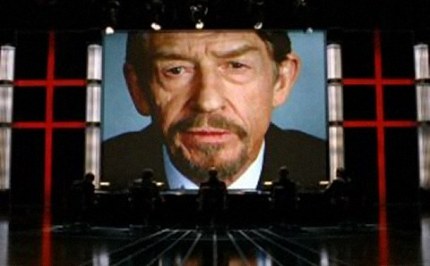 The most famous costume of this film is of course that of the villain, V. He sends his mask and cloak to every citizen in the country, inviting them to take his identity and support the cause. Allowing them to don the masks is important to avoid persecution, but once they all amass, it becomes noticeable that anonymity is not an issue among thousands. The masks gave them the courage to find the power they always had. V gave them the direction.
The most famous costume of this film is of course that of the villain, V. He sends his mask and cloak to every citizen in the country, inviting them to take his identity and support the cause. Allowing them to don the masks is important to avoid persecution, but once they all amass, it becomes noticeable that anonymity is not an issue among thousands. The masks gave them the courage to find the power they always had. V gave them the direction.
“He was Edmond Dantes. And he was my father, and my mother, my brother, my friend. He was you, and me. He was all of us.”
Sources:
“Film Analysis: “V for Vendetta”” The Cinephile Fix. Web. 5 Dec. 2014. <https://cinephilefix.wordpress.com/2012/08/24/film-analysis-v-for-vendetta/>.
“Full Cast & Crew.” IMDb. IMDb.com. Web. 5 Dec. 2014. <http://www.imdb.com/title/tt0434409/fullcredits/>.
“Quotes.” IMDb. IMDb.com. Web. 5 Dec. 2014. <http://www.imdb.com/title/tt0434409/quotes>.
“The Count of Monte Cristo Summary.” SparkNotes. SparkNotes. Web. 5 Dec. 2014. <http://www.sparknotes.com/lit/montecristo/summary.html>.
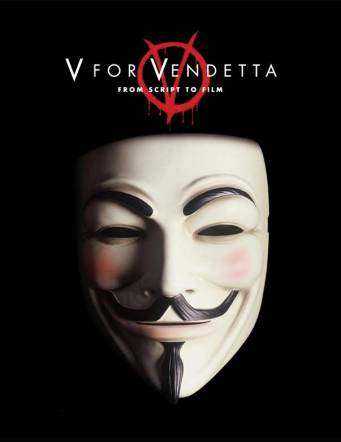
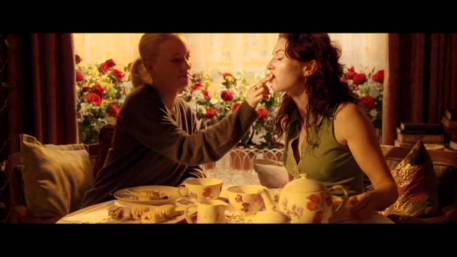
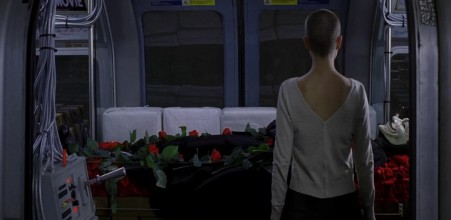
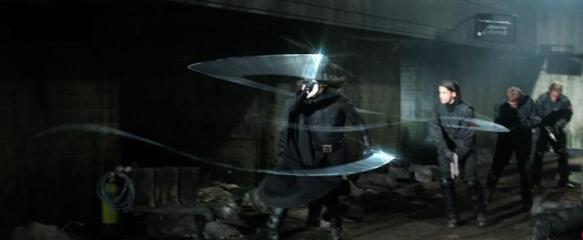
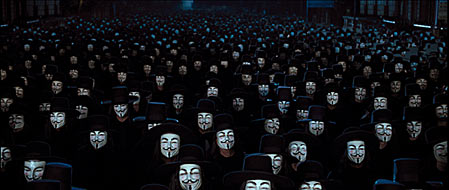
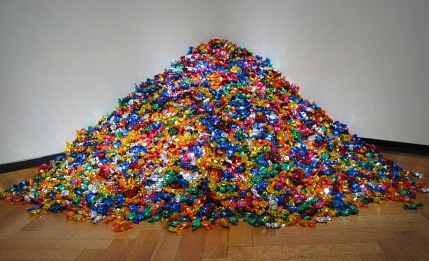
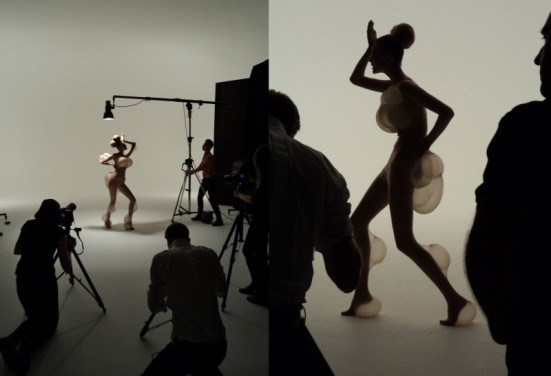
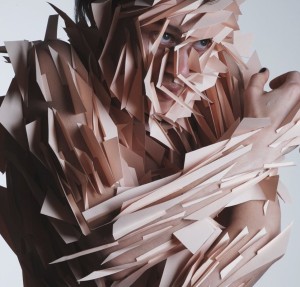
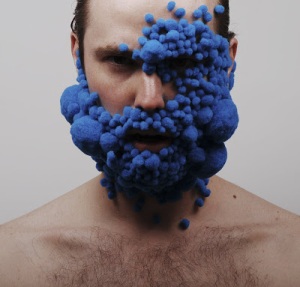
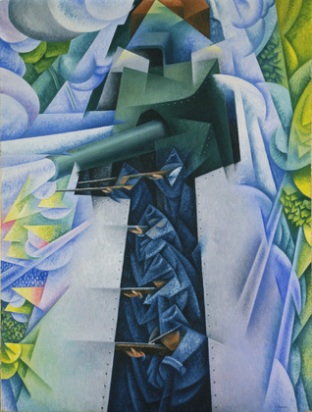
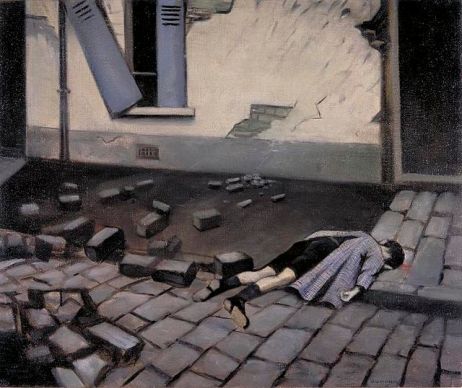
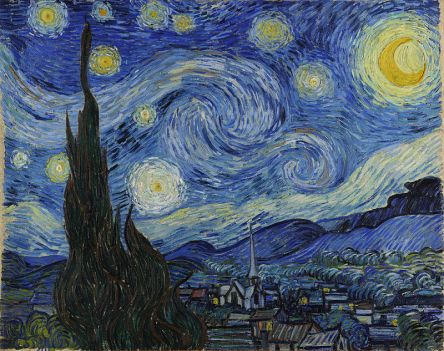
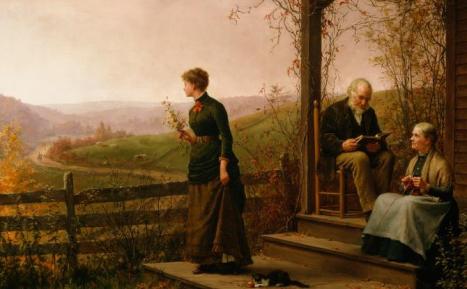
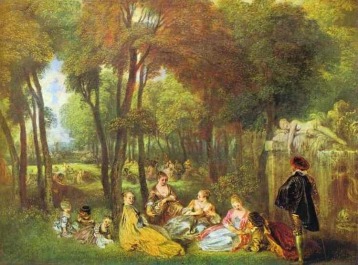
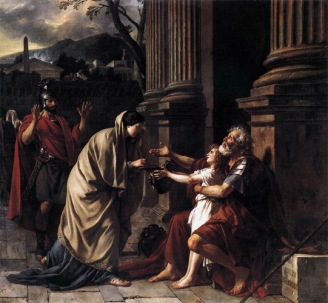
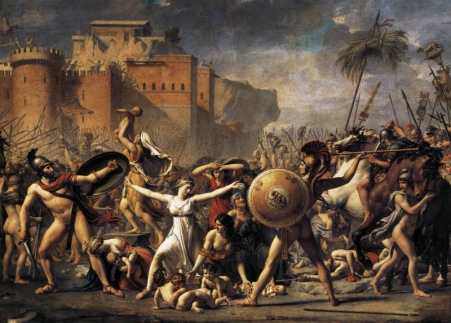
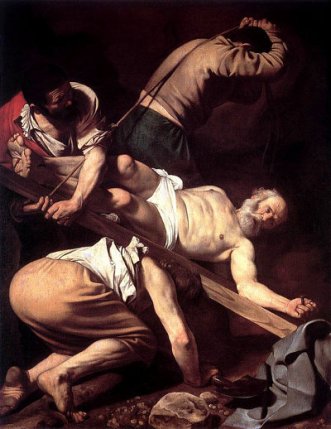
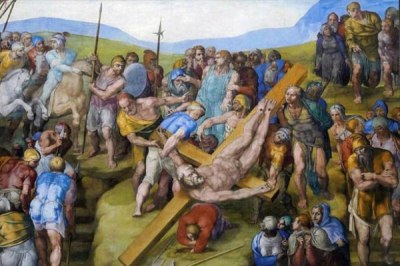
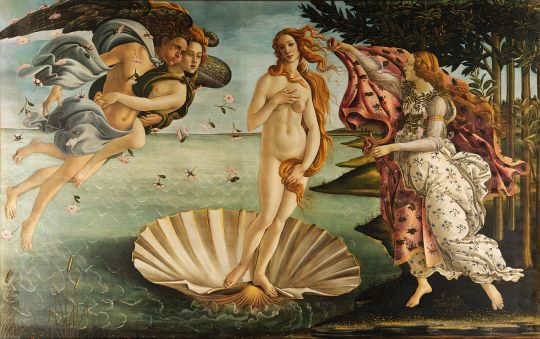
 “this figure has put in the shade every other statue, ancient and modern, Greek or Roman… such were the satisfying proportions and the beauty of the finished work…To be sure, anyone who has seen Michelangelo’s David has no need to see anything else by any other sculptor, living or dead” -Giorgio Vasari
“this figure has put in the shade every other statue, ancient and modern, Greek or Roman… such were the satisfying proportions and the beauty of the finished work…To be sure, anyone who has seen Michelangelo’s David has no need to see anything else by any other sculptor, living or dead” -Giorgio Vasari